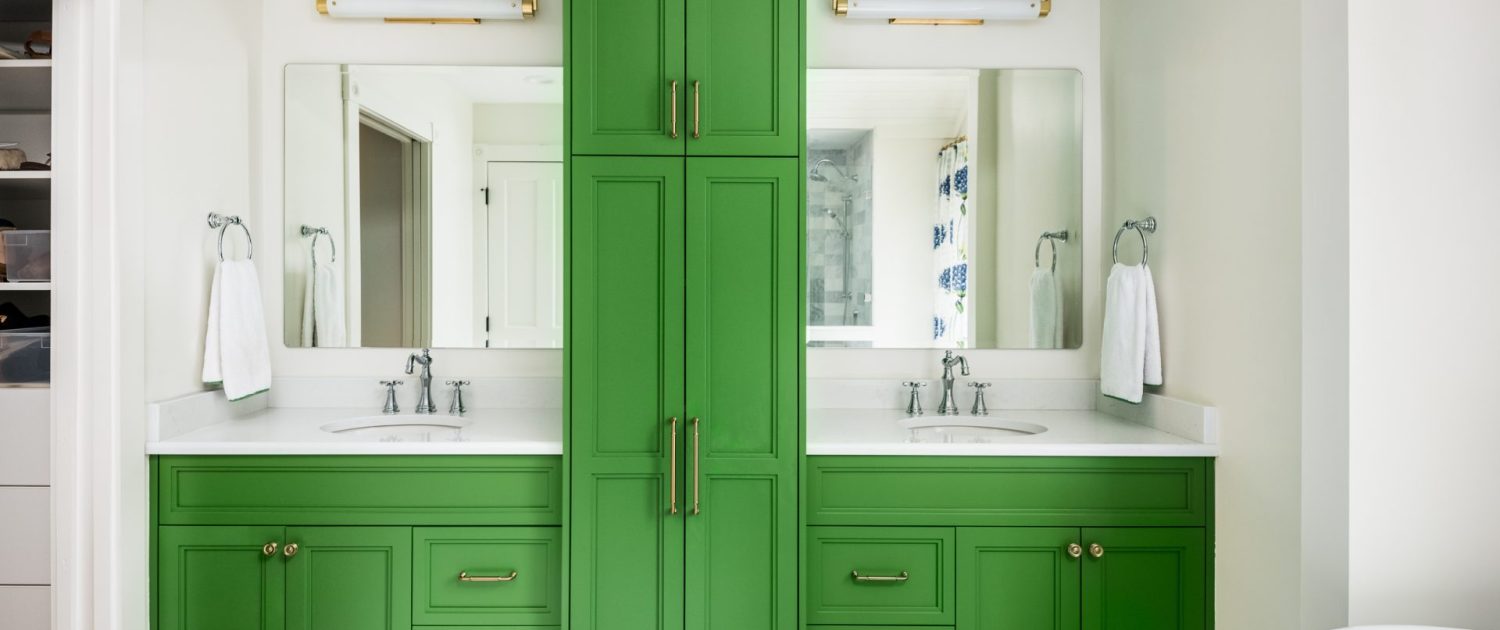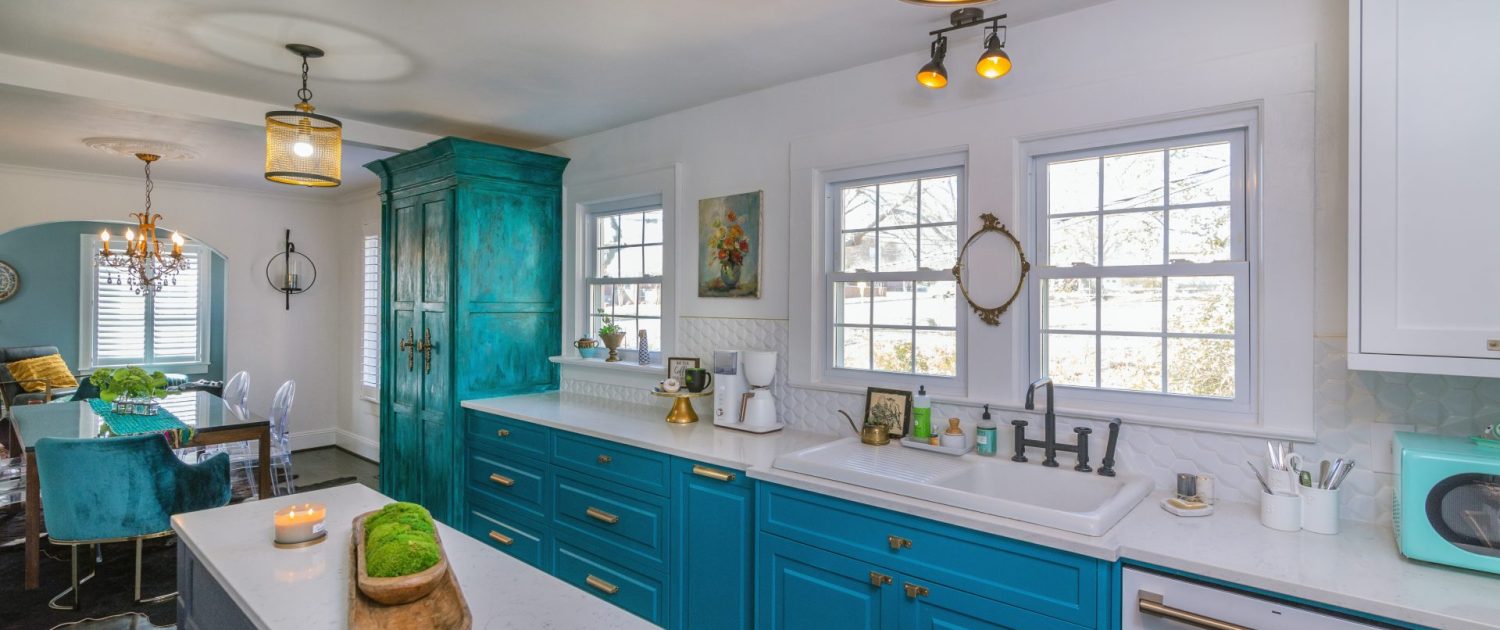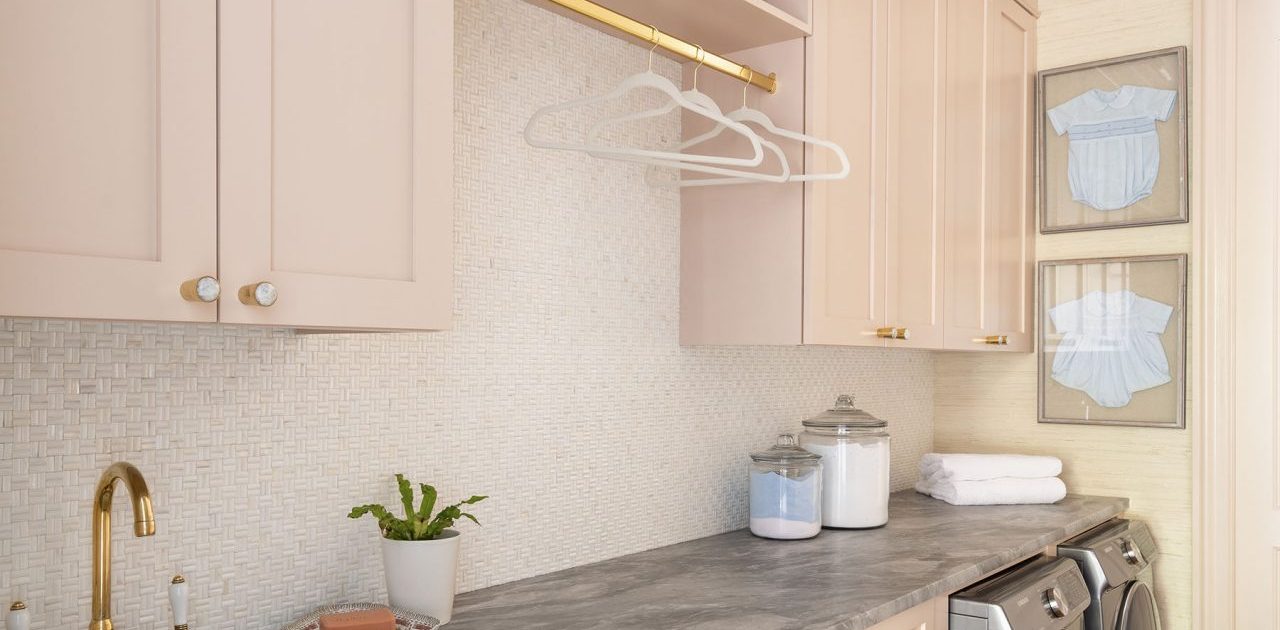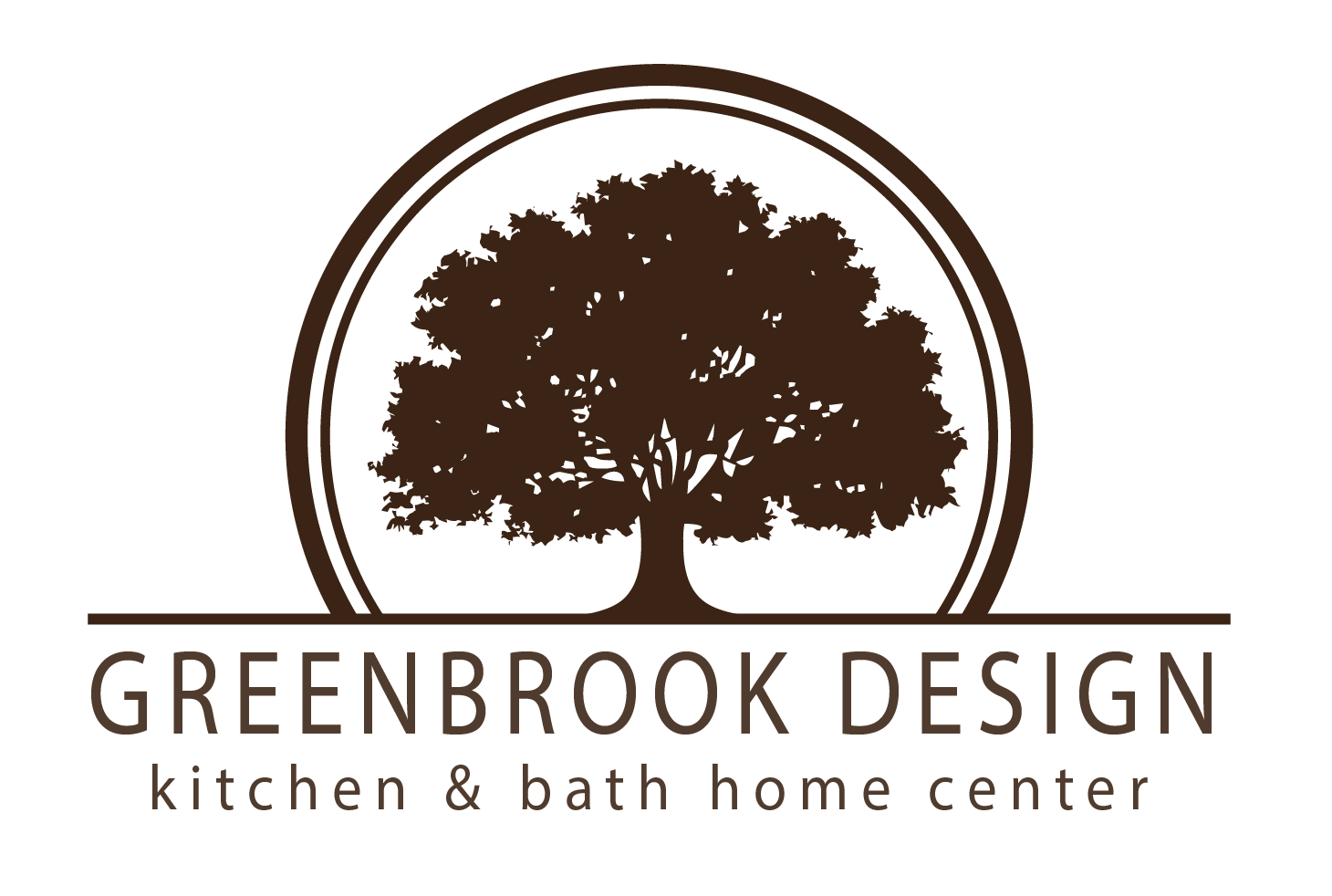 Post by Stacey Walker. Stacey mostly works behind the scenes for Walker Woodworking, managing day to day operations, and marketing. Stacey has helped many clients create their dream space.
Post by Stacey Walker. Stacey mostly works behind the scenes for Walker Woodworking, managing day to day operations, and marketing. Stacey has helped many clients create their dream space.
How to choose the perfect palette
Selecting the right color palette and finishes for your cabinets can significantly impact your space’s overall appearance and ambiance. It’s a crucial decision that can either make or break the look and feel of your home. Whether you’re planning to renovate your kitchen and bathroom or build a new home from scratch, it’s essential to consider the different options available to you. With countless colors and finishes, deciding which is perfect for your home can be overwhelming. However, with the proper guidance and knowledge, you can select a palette that suits your style and requirements. So, let’s dive into the world of cabinet colors and finishes to help you make an informed decision and create a beautiful living space.
Exploring Color Psychology
Understanding the psychology behind colors is essential when choosing cabinet colors, as they can evoke emotions and set the ambiance in a room. Colors play a significant role in creating a mood, and the right color choice can enhance the overall aesthetic of a space:
- White: Symbolizing purity and cleanliness, white cabinets make a sense of spaciousness and blend seamlessly with various design styles.
- Gray: Offering sophistication and neutrality, gray cabinets can be contemporary and timeless, fitting well in modern and classic settings.
- Blue: Blues bring a calming effect and range from soothing pastels to bold navy, injecting character and depth into your space.
- Green: From earthy olive tones to vibrant emeralds, green cabinets promote a sense of tranquility and connection to nature.
- Black: Dramatic and bold, black cabinets exude elegance and can be a focal point in minimalist or high-contrast designs.
Considering Finishes
Aside from colors, the finish of your cabinets plays a crucial role in both the appearance and upkeep of your kitchen or bathroom. The right finish can enhance your space’s overall aesthetic while protecting the wood from wear and tear. Depending on your preferences and needs, you can choose from various finishes, including painted, stained, glazed, or even distressed. Each finish has its own unique look and benefits, such as durability and resistance to moisture or scratches. Also, properly maintaining your cabinets’ finish can extend their lifespan and keep them looking new for years. Therefore, it is essential to consider not only the color but also the finish of your cabinets when planning your next renovation:
- Matte Finish: Offers a smooth, non-reflective surface, reducing the appearance of fingerprints and scratches. It provides a modern, understated look.
- Gloss Finish: Reflective and shiny, gloss finishes add a contemporary touch to cabinets but may require more maintenance to keep them looking pristine.
- Wood Grain: Natural wood finishes, whether stained or painted, bring warmth and texture. They showcase the beauty of wood while adding a rustic or traditional vibe.
- Distressed Finish: Providing an aged or weathered appearance, distressed finishes add character and a lived-in charm to your cabinets.
Harmonizing with the Space
When designing a space, the homeowner’s individual preferences are essential. However, it’s equally important to ensure that the colors and finishes of the cabinets harmonize with the overall theme of the space. This is because cabinets are one of the most prominent features in a room and can significantly impact the overall aesthetic. The right color and finish choice help create a cohesive and well-coordinated look that ties everything together. Ultimately, the goal is to create a space that not only looks visually appealing but also functions in a way that meets your needs:
- Matching or Contrasting: Cabinets can blend with the surrounding elements or stand out as a statement piece. Consider complementing or contrasting with walls, countertops, and flooring.
- Balance and Flow: Maintain a cohesive flow by ensuring the cabinet palette harmonizes with the theme, furniture, and décor elements.
- Natural Lighting: Consider the impact of natural and artificial lighting on colors and finishes. Darker colors may absorb light, making the space appear smaller, while lighter hues can create an illusion of spaciousness.
Practical Considerations
It’s essential to consider both aesthetics and practicality when making decisions. While aesthetics can be a significant factor in our choices, it’s also essential to weigh the practicality of a decision. For example, choosing a beautiful but impractical piece of furniture may not be the best choice if it doesn’t suit your lifestyle or needs. Similarly, an aesthetically pleasing but poorly functioning product may cause frustration and disappointment in the long run. On the other hand, a practical but unattractive option may also fall short of our expectations. Finding a balance between aesthetics and practicality can lead to a decision that looks good and meets our functional needs.:
- Durability: Choose finishes that can withstand wear and tear, especially in high-traffic areas like kitchens.
- Cleaning and Maintenance: Consider how easy cleaning and maintaining the chosen finish is. Some finishes may require special care or be more prone to visible marks.
- Longevity: Opt for timeless colors and finishes that will stay in style quickly, ensuring your cabinets remain relevant for years.
Explore styles and color palettes.
Farmhouse Style
- Earthy Tones: Embrace warm, earthy hues like creamy whites, soft beiges, and light browns for walls and cabinets to evoke a cozy farmhouse feel.
- Accents of Pastels: Soft pastel blues, greens, or pinks as accents can add a touch of delicacy and vintage charm.
- Natural Wood Finishes: Opt for natural wood finishes for furniture and exposed beams to amplify the rustic countryside vibe.
- Touches of Black: Incorporate touches of black in hardware or accents to create contrast and depth within the light color scheme.
Transitional Style
- Neutral Base: Start with a neutral base for walls and larger furniture pieces—soft grays, warm taupes, or creamy whites—to balance traditional and contemporary.
- Pops of Color: Add pops of color through accessories or accent furniture. Consider jewel tones like deep blues, emerald greens, or rich purples for a sophisticated touch.
- Mix of Textures: Blend different textures like polished metals, plush fabrics, and natural woods to create visual interest and depth.
- Contrasting Accents: Introduce contrasting elements with darker hues or bold patterns to create focal points and add drama.
Modern Style
- Monochromatic Palette: Stick to a monochromatic color scheme with shades of white, black, or gray to achieve a sleek, minimalist look.
- Bold Accents: Infuse vibrant pops of color, such as bright reds, yellows, or blues, sparingly to create focal points and visual interest against the neutral backdrop.
- High Contrast: Utilize high-contrast combinations like black and white to create a striking, contemporary feel.
- Metallic Finishes: Incorporate metallic finishes, like stainless steel or chrome, in fixtures and accents for a polished, modern touch.
Coastal Style
- Soft Blues and Greens: Capture the essence of the coast with pale, watery blues, seafoam greens, and sandy beiges reminiscent of the beach and ocean.
- Whitewashed Finishes: Opt for whitewashed or light wood finishes for furniture and flooring to mimic weathered, sun-bleached beachfront aesthetics.
- Nautical Accents: Add nautical-themed accents like navy stripes or rope details to enhance the coastal vibe.
- Natural Elements: Bring in natural elements like seagrass, rattan, or driftwood for a relaxed, beach-house feel.
Bohemian Style
- Rich Jewel Tones: Embrace a vibrant color palette with rich jewel tones such as deep purples, oranges, teals, and magentas for a bold and eclectic look.
- A mix of patterns: layer patterns like paisleys, florals, and ethnic prints in textiles and wall decor for a vibrant, boho feel.
- Earth Tones: Ground the vibrant hues with earthy tones like terracotta, ochre, and burnt sienna to create a warm and inviting ambiance.
- Global Accents: Incorporate global or ethnic-inspired accessories and textiles to add cultural richness and authenticity.
By aligning your color choices with the distinctive characteristics of each design style, you can create spaces that look visually appealing and reflect the essence and mood of the chosen aesthetic.
Conclusion
Choosing the perfect color palette and finish for your cabinets is crucial to designing a space that reflects your style and practical needs. It’s essential to balance your tastes and the overall design aesthetic you’re aiming for. The suitable cabinets can create a cozy and inviting atmosphere or a sleek, modern look, depending on your preferences. To achieve the desired ambiance, take your time, gather samples, and visualize the result. This can help you make informed decisions about your cabinets’ style, color, and finish. Take your time with the process; instead, focus on creating a space that is both aesthetically pleasing and functional, with cabinets that complement your overall design vision. By carefully considering your options, you can create a space you’ll love for years.







